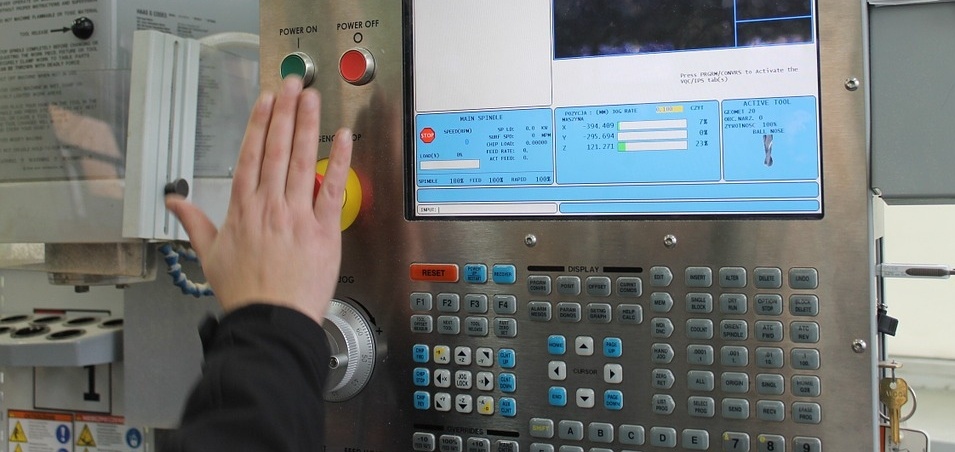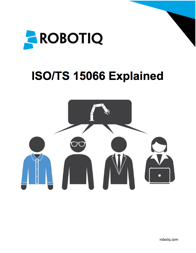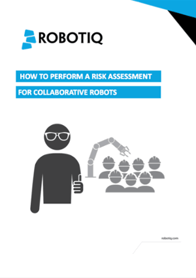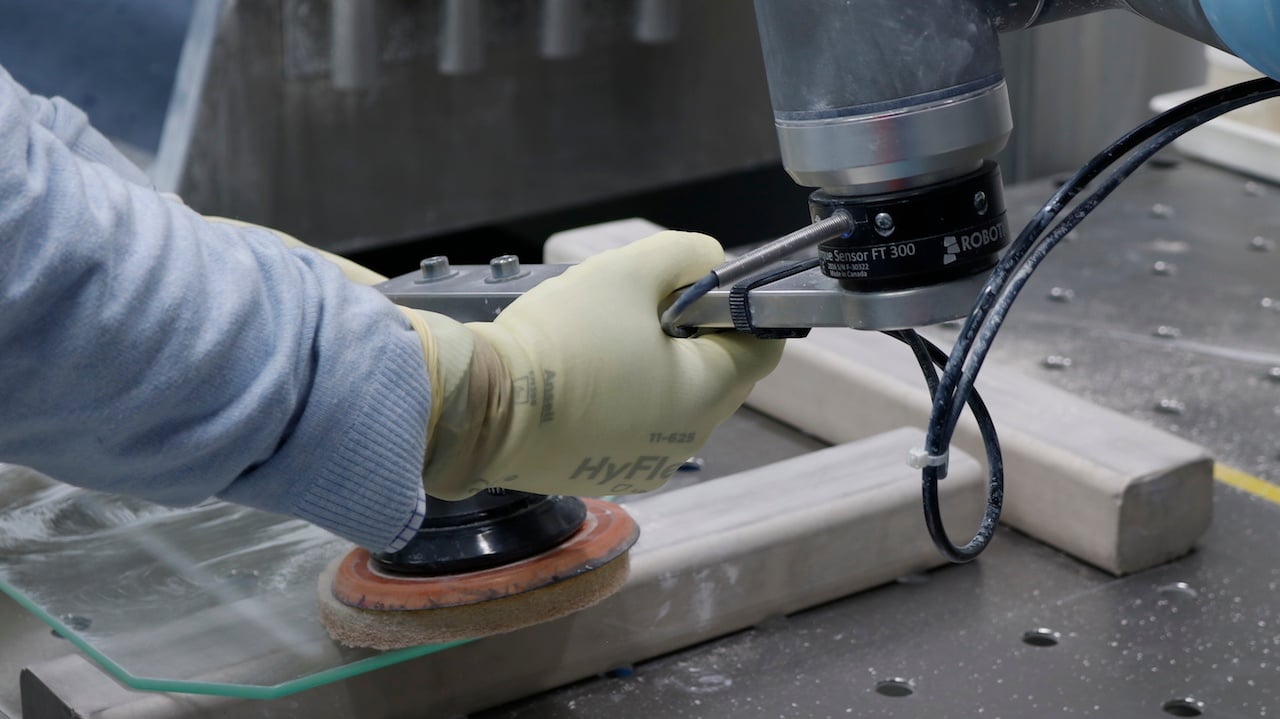ISO/TS 15066 for the Real World: Manufacturing

Posted on Jul 06, 2016 7:00 AM. 2 min read time
Honda has used collaborative robots for safety rated monitored stop applications. These applications enable robots to be loaded by human workers without the servo needing to be shut off.

When they started implementing the system, the first thing they showed their associates was the then draft of ISO/TS 15066, says Dave Smith, a robotics safety expert at Honda Canada Manufacturing.
“We showed them in the standard why these robots are different, because they are used to the robot being locked down during loading. We used ISO/TS 15066 to show our associates the requirements and all the different features that are keeping them safe. We will do the same with power and force limited applications,” says Smith.
Implementation of ISO/TS 15066 allows application engineers, integrators, and production managers to demonstrate the safety of the system to end-users, improving factory floor worker's confidence in the process.
Note: Safety rated monitored stop applications can also be performed by regular, non-collaborative industrial robots.
ISO/TS 15066 Explained
 We interviewed members of the ISO Committee that wrote ISO/TS 15066 to get their input and provide more context to the document. This eBook will make this new technical specifications easy to understand. It covers the reason why it was written, how it affects the factories today, and why it's important. Even better, it explains the content of the technical specifications in the context of real-world scenarios you can relate to.
We interviewed members of the ISO Committee that wrote ISO/TS 15066 to get their input and provide more context to the document. This eBook will make this new technical specifications easy to understand. It covers the reason why it was written, how it affects the factories today, and why it's important. Even better, it explains the content of the technical specifications in the context of real-world scenarios you can relate to.
How to Perform an ISO/TS 15066-Compliant Risk Assessment
 Ready to get started with improved safety with collaborative robots? This is your guide. This eBook explains each part of the document, how to fill it up, and why it's there. Follow the guide to perform those risk assessments and comply with ISO/TS 15066. This eBook also comes with an Excel template for you to use.
Ready to get started with improved safety with collaborative robots? This is your guide. This eBook explains each part of the document, how to fill it up, and why it's there. Follow the guide to perform those risk assessments and comply with ISO/TS 15066. This eBook also comes with an Excel template for you to use.







Leave a comment